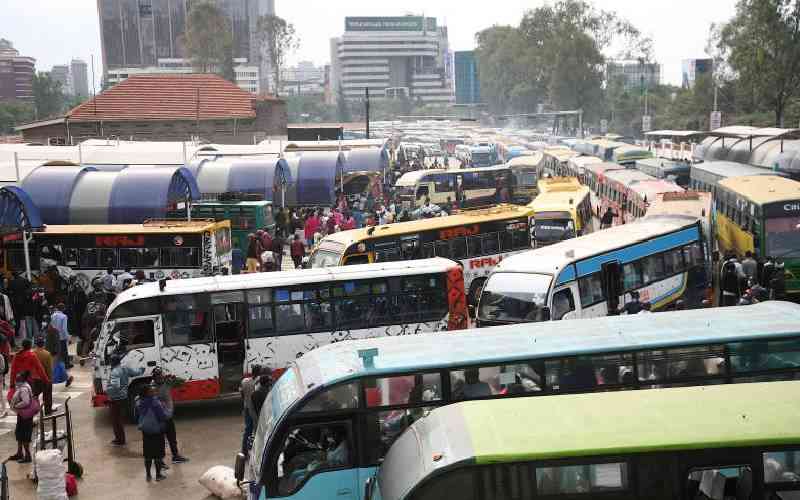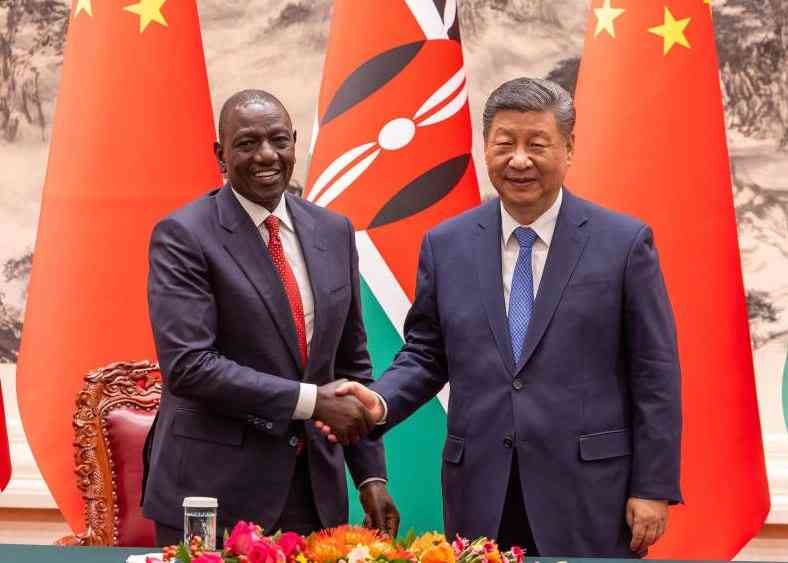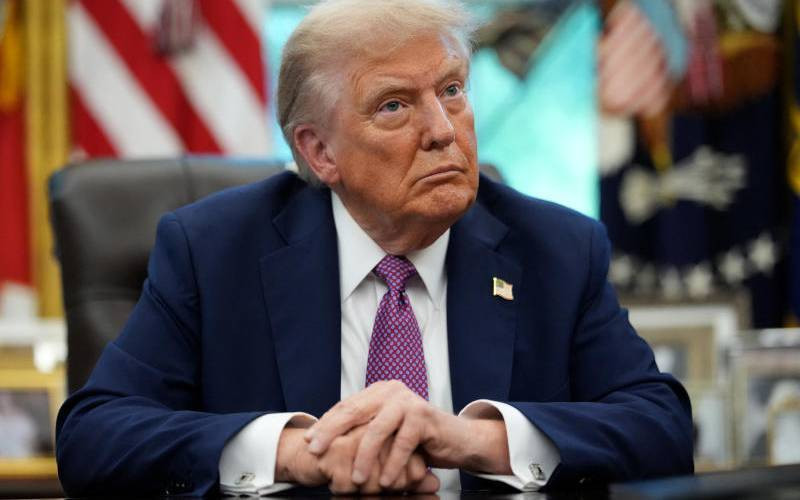×
The Standard e-Paper
Truth Without Fear

Investors are bracing for longer inflation.
The Federal Reserve indicated that more restrictive monetary policy is in the cards amid strong employment gains. In Europe, while inflation has fallen, it is still far above the 2% target. Across the Euro area inflation is estimated to have reached 8.5% in January.







